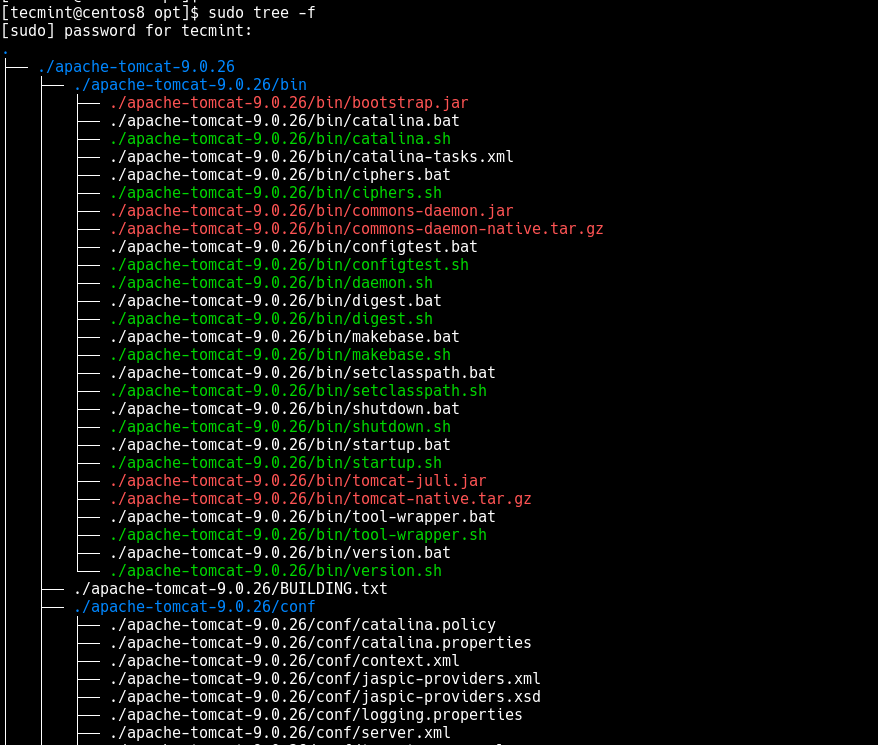

- PYTHON LIST DIRECTORY CONTENTS WITH FULL PATH HOW TO
- PYTHON LIST DIRECTORY CONTENTS WITH FULL PATH CODE
- PYTHON LIST DIRECTORY CONTENTS WITH FULL PATH WINDOWS
The code examples and results presented in this tutorial have been implemented in a Jupyter Notebook with a python (version 3.8.3) kernel. With this, we come to the end of this tutorial. In this example, you will learn to get the full path of the current working directory.
PYTHON LIST DIRECTORY CONTENTS WITH FULL PATH WINDOWS
Note that the above result is obtained on a Windows machine hence the “\\” in the path. Python Program to Get the Full Path of the Current Working Directory. We get a list of only the text files present in the “data” folder. For example, to only get text files from the “data” folder in our current working directory – import glob You can also specify the types of files you want to get from a path. Note that we passed “*” as the parameter to the glob.glob() function which results in listing all the files and folders in the given directory. You can see that we get all the files and directories in the current working directory. Let’s use it to list out the files in our current directory. You can also use the glob module to get a list of files in a directory. You can see that we only get the files and not the directories present inside the “data” folder.įor more on the os module in python, refer to its documentation. For example, let’s list out only the files (and not directories) inside the “data” directory. If you only want to get a list of files and not the directories, you can use the os.path.isfile() function which checks whether a given path is a file or not. In this example, we passed a relative path but you can also pass an absolute path and get its contents as well. We get a list of all files and folders present in the “data” directory. For example, let’s list out the contents of the “data” directory present inside the current working directory. You can, however, pass a custom directory path to list out its contents instead. You can see we get all the files and directories in the current working directory. It returns a list of all files and directories in a directory.įor example, let’s use it to get the list of contents in the current working directory which is the “weather” directory from the tree shown above. To list out the contents of a directory, you can use the os.listdir() function.

The os module in python comes with a number of handy functions for file handling. The “weather” directory contains one python script, one requirements text file, one README markdown file, and a directory named “data” which stores the data for the project. First, let’s look at the directory structure of the directory we want to use for this tutorial. Let’s demonstrate the usage for each of these methods with the help of some examples. I prefer to work with Python because it is a very flexible programming language, and allows me to interact with the operating system easily. You can use the os module’s os.listdir() or the glob module’s glob.glob() functions to list out the contents of a directory. There are a number of ways to get a list of all files in a directory using Python.
PYTHON LIST DIRECTORY CONTENTS WITH FULL PATH HOW TO
How to get a list of files in a directory? In this tutorial, we will look at how to get a list of all the files in a folder using Python. For example, you have a folder full of text files containing useful data that you want to collate into a dataset or you just want to find out whether a given file exists in a folder or not. Will yield a tuple for each subdirectory.It can be very handy to know how to programmatically get a list of all files in a folder. Should give you all of the subdirectories, recursively. Or see the other solutions already posted, using os.listdir and os.path.isdir, including those at "How to get all of the immediate subdirectories in Python". Note that the second entry in the tuple is the list of child directories of the entry in the first position, so you could use this instead, but it's not likely to save you much. Is there a more efficient way that recurses through directories? Which means that dirs has many repeating entries. I think os.walk returns triples (root,dirs,files).

However, you could use it just to give you the immediate child directories:

os.walk: "10 loops, best of 3: 44.6 msec per loop" and os.listdir+os.path.isdir: "10 loops, best of 3: 45.1 msec per loop" See PEP-3114 which was approved in 2007.ĭo you mean immediate subdirectories, or every directory right down the tree?įor anyone concerned about performance differences between os.walk and os.listdir+os.path.isdir solutions: I just tested on a directory with 10,000 subdirectories (with millions of files in the hierarchy below) and the performance differences are negligible. For x in os.walk(directory)] next() next(os.walk('.')) os.walk os.walk('.')._next_() os.walk('.').next() it is a bad practice because iteraror._next_() is an internal method and iterator.next() usage should be transitioned to the built-in next() according to PEP-3114.


 0 kommentar(er)
0 kommentar(er)
